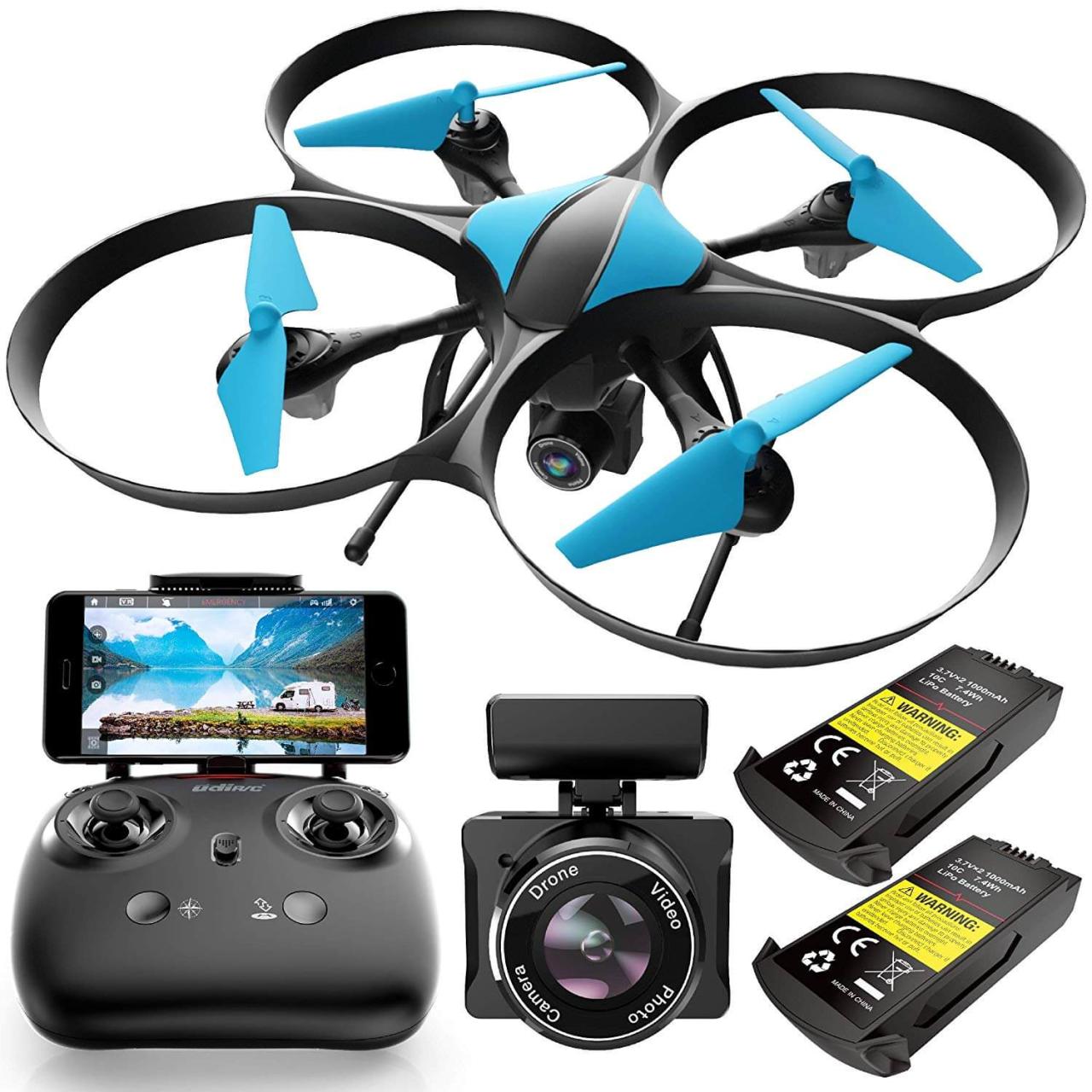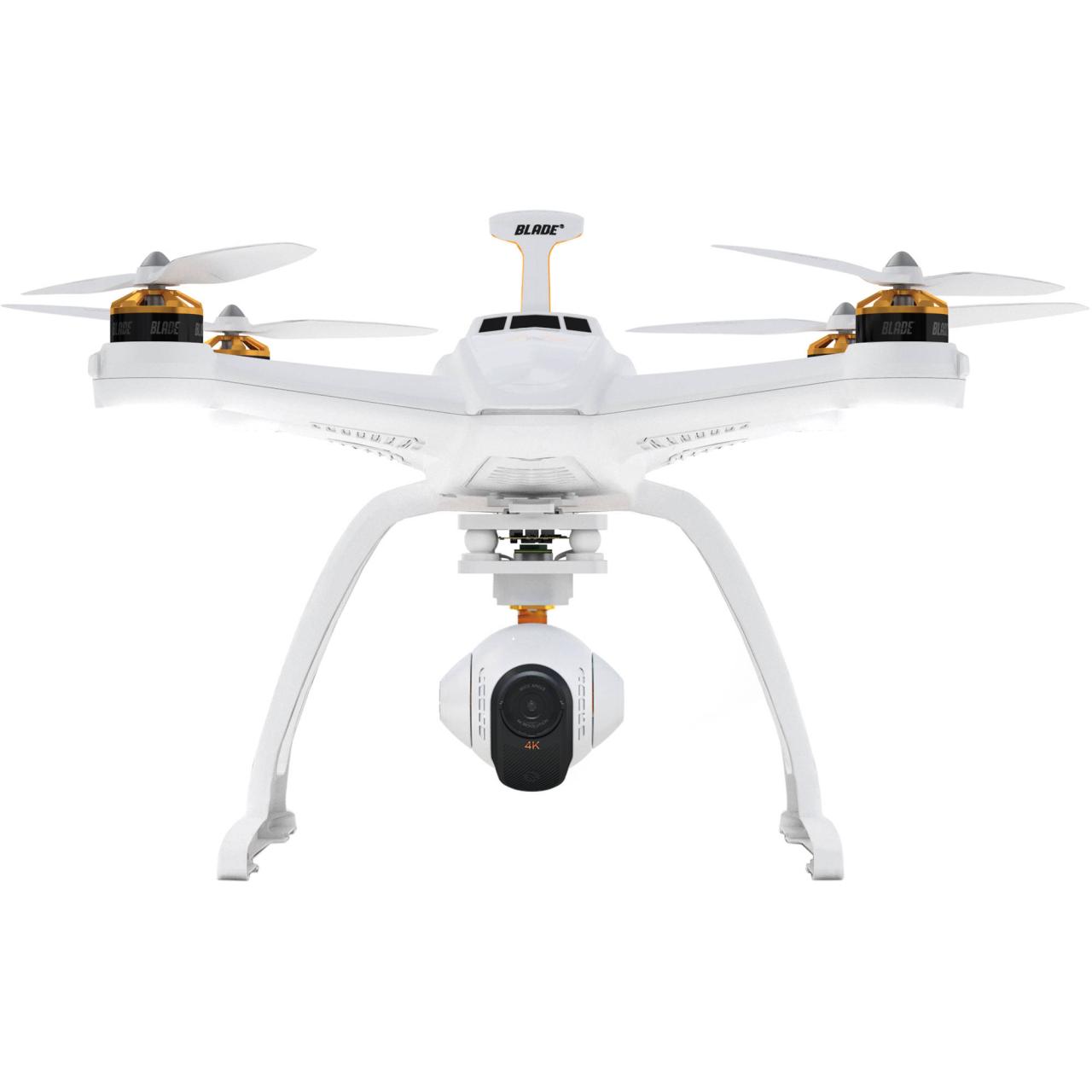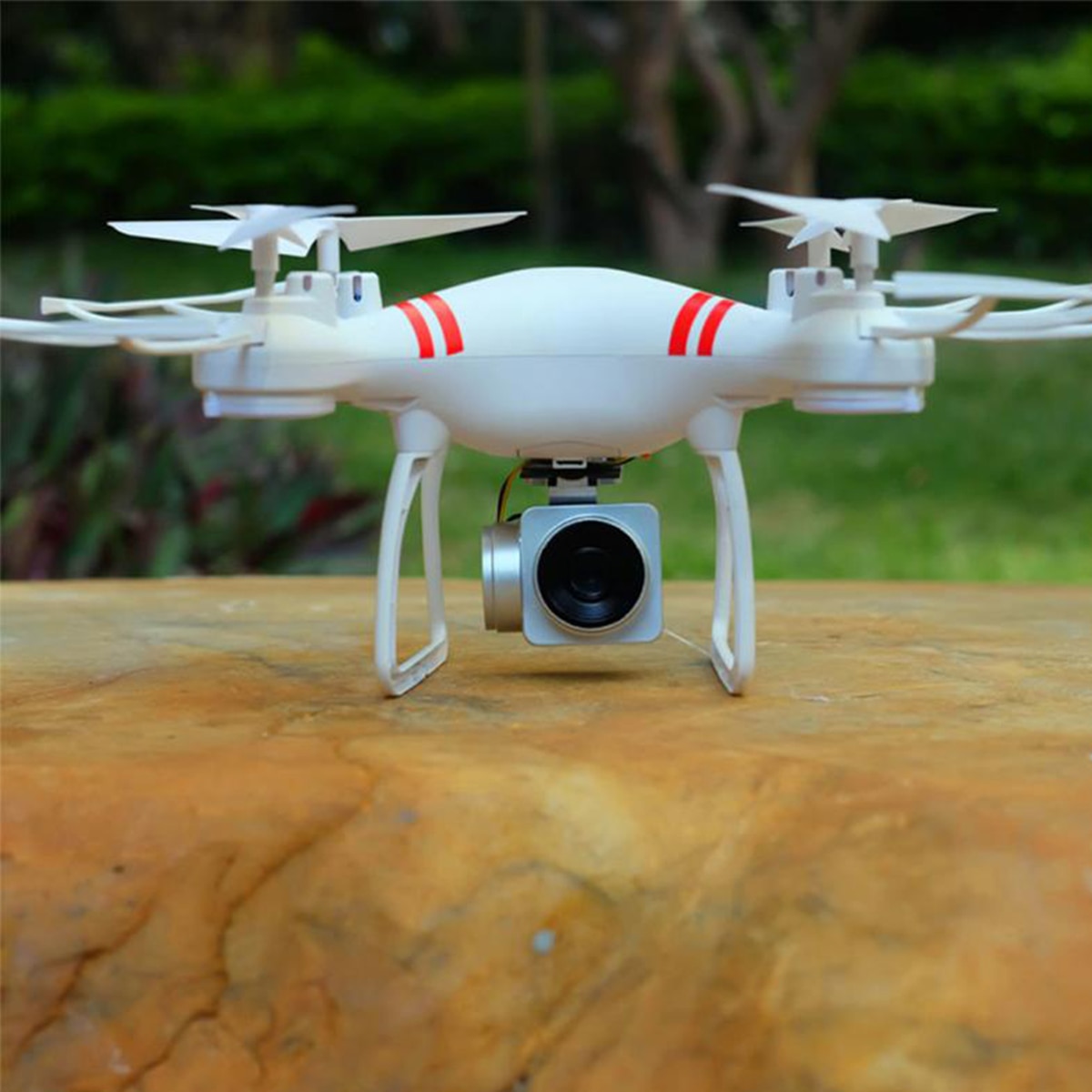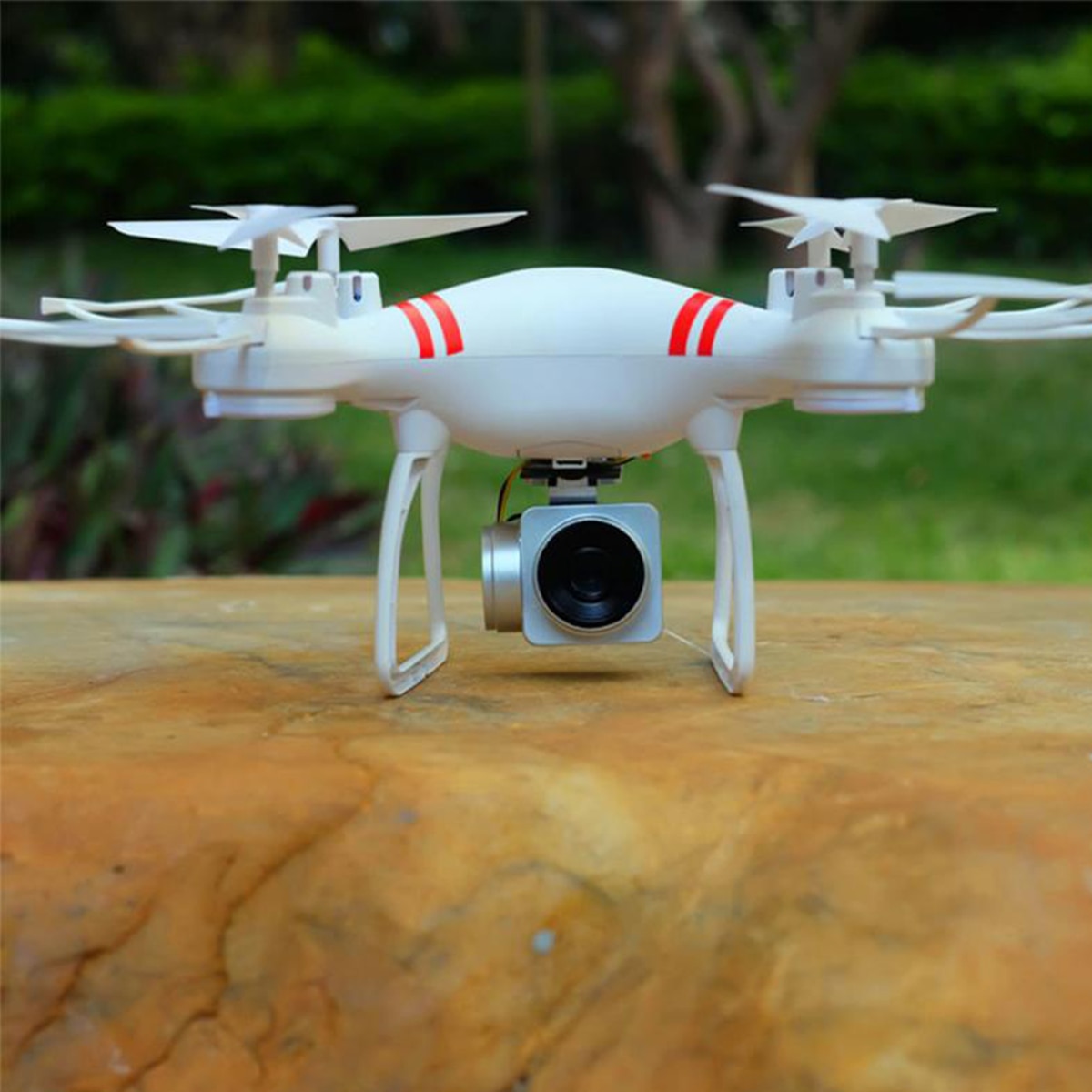Drone with camera technology has revolutionized various sectors, from filmmaking and real estate to agriculture and search and rescue. This guide delves into the diverse types of drones available, exploring their capabilities, applications, and the crucial camera technology that makes them so versatile. We’ll examine different camera features, flight operations, and the legal and ethical considerations surrounding their use, providing a comprehensive understanding of this rapidly evolving field.
We will cover a wide range of topics, from the intricacies of camera sensors and lens types to the practical aspects of drone operation and safety. We will also discuss the various applications of drone technology across numerous industries, showcasing the transformative impact of this technology and its potential for future development. This guide aims to provide both beginners and experienced users with valuable insights and practical knowledge.
Types of Drones with Cameras
Drones with cameras come in a wide variety of sizes, capabilities, and price points, catering to both hobbyists and professionals. Understanding the differences between these categories is crucial for choosing the right drone for your needs.
Drone Categories by Size, Use, and Camera Features
| Type | Size | Intended Use | Camera Features |
|---|---|---|---|
| Nano Drone | Very small, palm-sized | Hobbyist, recreational | Low resolution camera, basic stabilization |
| Micro Drone | Small, easily portable | Hobbyist, beginner professional | Improved resolution, basic gimbal stabilization |
| Mini Drone | Compact, relatively lightweight | Hobbyist, intermediate professional, some commercial applications | Higher resolution, improved gimbal stabilization, potentially 4K video |
| Standard Drone | Mid-sized, versatile | Professional, commercial, advanced hobbyist | High resolution, advanced gimbal stabilization, 4K or higher video, various lens options |
| Large Drone | Large, heavy-duty | Commercial, industrial, specialized applications (e.g., inspection, mapping) | Very high resolution, advanced gimbal systems, thermal imaging capabilities, potentially interchangeable lenses |
Advantages and Disadvantages of Drone Categories

Each drone category offers a unique balance of portability, capability, and cost. Nano and micro drones are highly portable but often lack advanced features. Standard and large drones provide superior image quality and flight capabilities but come with a higher price tag and reduced portability.
Camera Technology in Drones
The image quality of a drone camera is significantly impacted by the sensor type and lens used. Understanding these components is key to appreciating the differences between various drone models.
Sensor Types and Their Impact on Image Quality
CMOS (Complementary Metal-Oxde-Semiconductor) and CCD (Charge-Coupled Device) sensors are the two primary types used in drone cameras. CMOS sensors are generally more energy-efficient and cost-effective, making them prevalent in consumer drones. CCD sensors, while offering potentially better image quality in low-light conditions, are less common due to higher power consumption and cost.
Lens Types and Applications
Wide-angle lenses capture a broader field of view, ideal for landscape photography and surveying. Telephoto lenses offer greater magnification, suitable for capturing distant subjects. Zoom lenses provide versatility, allowing for adjustments between wide and telephoto perspectives.
Image Stabilization Techniques
Mechanical gimbals use motorized mechanisms to isolate the camera from drone movements, providing superior stabilization. Electronic image stabilization (EIS) uses software algorithms to compensate for camera shake, but its effectiveness is generally lower than mechanical gimbal stabilization.
Drone Flight Capabilities and Camera Operation
Safe and effective operation of a drone with a camera requires a systematic approach, encompassing pre-flight checks, controlled flight maneuvers, and secure landing procedures. Understanding advanced flight modes enhances the creative possibilities.
Step-by-Step Drone Operation Procedure
- Pre-flight checks: Battery level, GPS signal, camera settings, and surroundings.
- Calibration: Ensure proper compass and IMU calibration.
- Takeoff and ascent: Initiate takeoff and ascend to a safe altitude.
- Flight maneuvers: Execute controlled movements using joysticks or app controls.
- Camera operation: Adjust settings (resolution, exposure, etc.) as needed.
- Landing: Execute a controlled descent and landing.
- Post-flight checks: Review footage and secure the drone.
Advanced Flight Modes and Camera Integration
Advanced flight modes, such as Point of Interest (POI), Follow Me, and Orbit, allow for automated flight paths, freeing the operator to focus on camera control and composition. These modes often integrate seamlessly with camera settings, allowing for automatic adjustments based on the flight path.
Safety Features in Modern Drones

- GPS Return-to-Home (RTH): Automatically returns the drone to its home point if signal is lost.
- Obstacle Avoidance: Uses sensors to detect and avoid obstacles.
- Geofencing: Restricts the drone’s flight to a predefined area.
- Low Battery Warning: Alerts the operator when the battery is low.
Applications of Drones with Cameras
Drones with cameras have revolutionized various industries, offering efficient and cost-effective solutions for tasks previously requiring significant resources.
Drone technology with integrated cameras offers stunning aerial perspectives, enabling users to capture breathtaking footage. For a ground-level example of real-time visual monitoring, check out the port dover live camera feed; it provides a fascinating contrast to the dynamic viewpoints achievable with a drone. Ultimately, both technologies offer unique advantages in capturing and presenting visual data.
Real Estate
Drones are used to create stunning aerial property photography and videography, showcasing the property’s surroundings and features. High-resolution cameras capture detailed images and videos, providing potential buyers with a comprehensive view of the property.
Agriculture
Precision agriculture leverages drones to monitor crop health, identify areas needing attention, and optimize irrigation and fertilization. Multispectral cameras capture data beyond the visible spectrum, providing insights into plant health and stress levels.
Construction
Drones are employed for site surveying, progress monitoring, and safety inspections. High-resolution cameras and thermal imaging capabilities allow for detailed assessments of construction sites and structures.
Filmmaking
Drones provide unique perspectives and dynamic shots for filmmaking. Advanced gimbal stabilization ensures smooth, professional-looking footage, enhancing the visual appeal of films and documentaries.
Search and Rescue

Drones are invaluable in search and rescue operations, covering large areas quickly and efficiently. High-resolution cameras and thermal imaging capabilities help locate missing persons or survivors in challenging terrains.
Drone in Construction: A Visual Example, Drone with camera
Imagine a large construction site, a high-rise building under construction. A standard drone equipped with a high-resolution camera hovers approximately 50 meters above the site. The camera is angled slightly downwards, capturing a comprehensive view of the building’s structure, highlighting the progress of different sections. The resulting image is a detailed, high-resolution aerial photograph showcasing the overall construction progress and identifying specific areas of focus.
The camera’s ability to capture fine details from this altitude is crucial for project management and progress monitoring.
Drones equipped with cameras offer incredible versatility, from aerial photography to surveying large areas. The capabilities are significantly enhanced when considering payload capacity, as seen with options like remington drone loads , which allow for heavier equipment and longer flight times. This ultimately expands the potential applications of a drone with a camera, making it a more powerful tool for various professionals.
Legal and Ethical Considerations
The operation of drones with cameras is subject to various legal regulations and ethical considerations, emphasizing responsible use and data privacy.
Legal Regulations and Restrictions
Laws governing drone operation vary significantly by region. Operators must obtain necessary permits and licenses, comply with airspace restrictions, and adhere to specific flight rules and regulations.
Ethical Considerations: Privacy and Data Security
Ethical concerns regarding privacy and data security must be addressed. Operators must respect individuals’ privacy, avoid unauthorized surveillance, and ensure responsible data handling and storage practices.
Best Practices for Responsible Drone Operation
- Obtain necessary permits and licenses.
- Respect airspace restrictions.
- Adhere to safe operating procedures.
- Protect individuals’ privacy.
- Ensure responsible data handling and storage.
In conclusion, the integration of cameras into drone technology has opened up a world of possibilities across diverse industries. Understanding the different types of drones, camera technologies, operational procedures, and legal considerations is crucial for safe and responsible use. As the technology continues to advance, its applications will undoubtedly expand further, shaping the future of many sectors and offering innovative solutions to existing challenges.
This guide serves as a foundation for navigating this exciting and rapidly developing field.
FAQ Resource: Drone With Camera
What is the flight time of a typical drone with a camera?
Flight times vary greatly depending on the drone model, battery size, and environmental factors. Expect anywhere from 15 to 45 minutes per battery charge.
How do I store drone footage and photos?
Drone footage and photos are typically stored on a microSD card within the drone. After each flight, download the files to a computer or cloud storage for safekeeping.
What are the common causes of drone crashes?
Common causes include low battery, pilot error, strong winds, and obstacles in the flight path. Proper pre-flight checks and careful piloting are essential.
Do I need a license to fly a drone with a camera?
Regulations vary by region. In many places, registration and licensing may be required, especially for commercial use. Check local laws before operating your drone.
